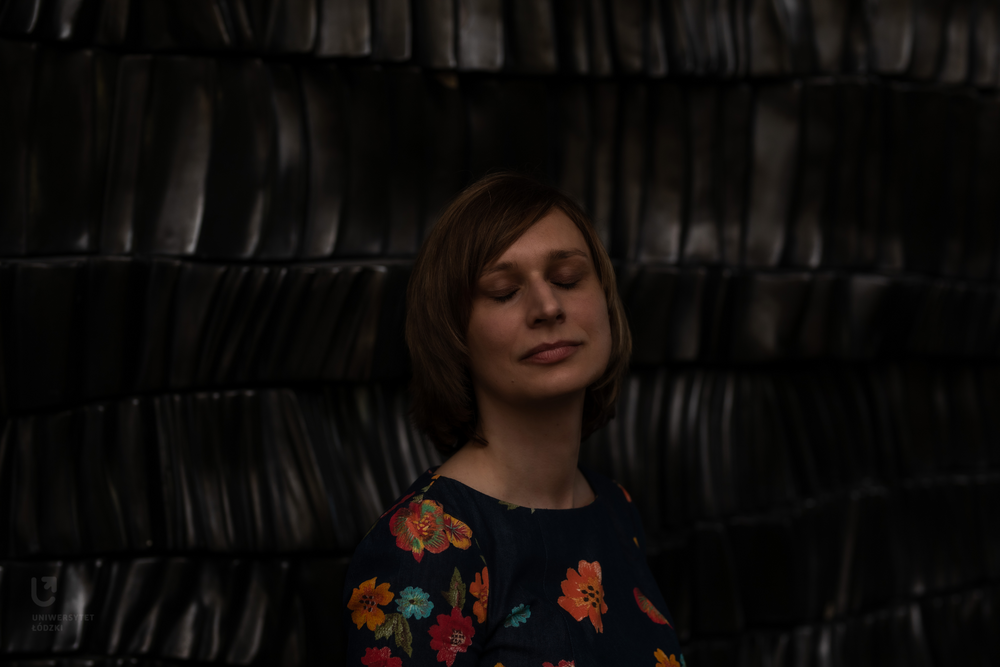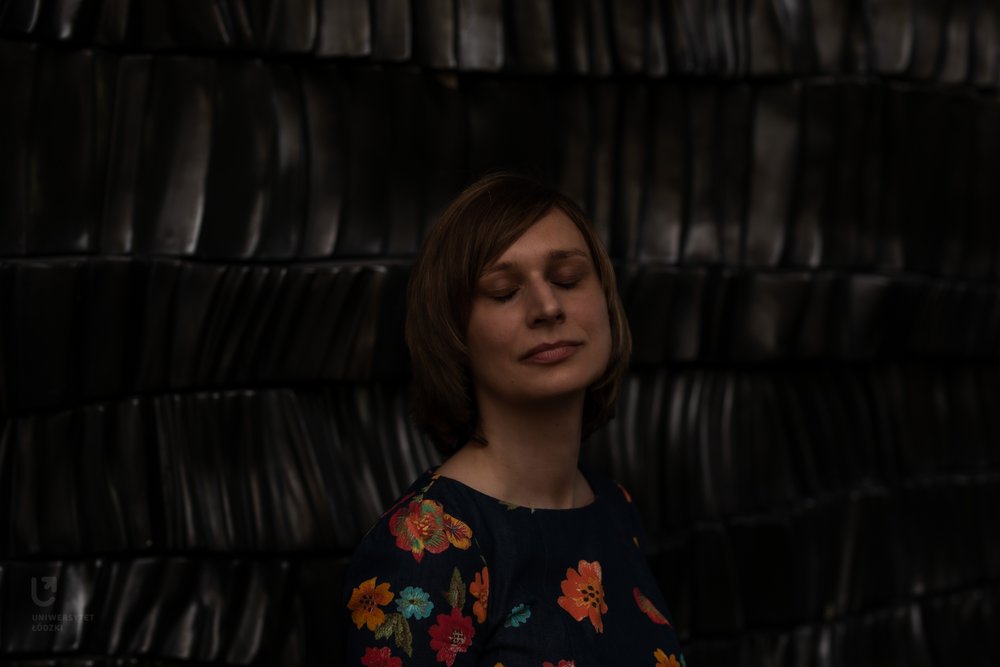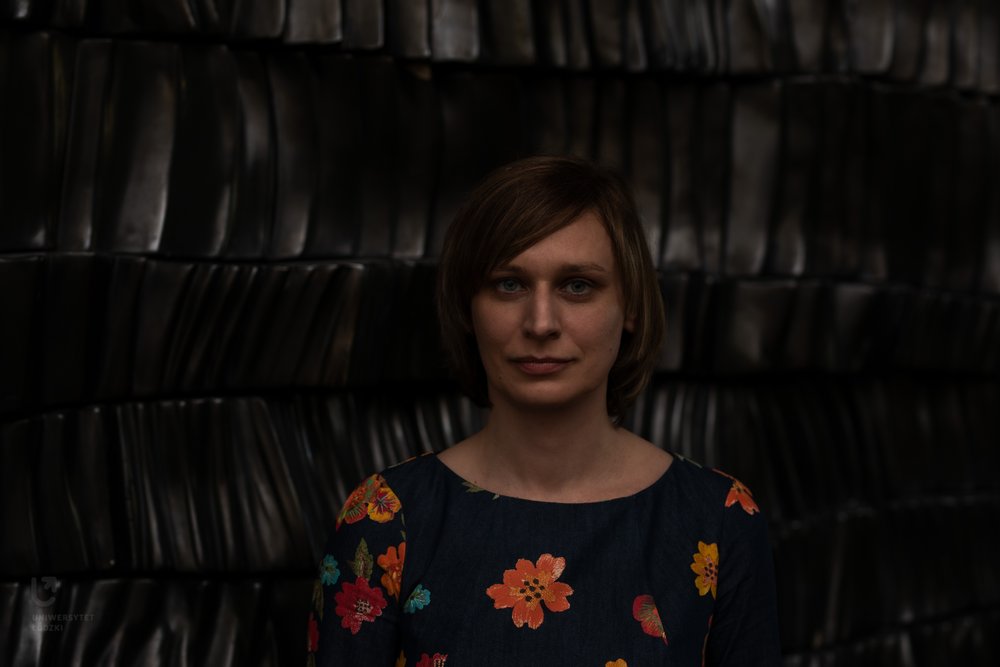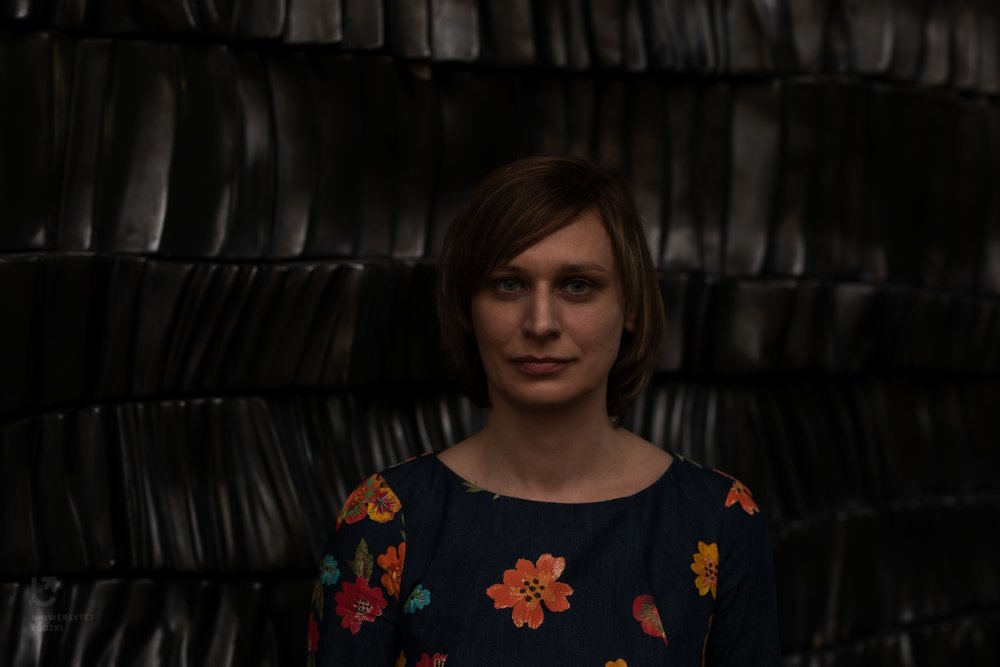The known solutions do not work
Scientists are more and more inclined to look for the causes of disability not only in the individual's limitations (a medical model), but also in a society that creates physical, social or economic barriers (a social model). One of the current challenges that humanists need to face is promoting equal access to culture for all. This means inclusion of people with disabilities (mainly the blind, visually impaired, deaf, hard-of-hearing, those with reading, remembering and learning difficulties) in social and cultural life. Audio description is an example of accessibility - a verbal description of visual content conveyed by auditory means, enabling blind and visually impaired recipients to interact with the visible cultural heritage of fine arts. This is a good practice, though it is not perfect.
Contemporary research confirms that laymen and experts look at a piece of art in a different way. Art experts scan a picture for patterns and forms and look at it for a long time. Laymen, with untrained eyesight, focus on recognizable objects and spend only a few seconds in front of a painting (Koide, Kubo, Nishida, Shibata, Ikeda, 2015; Kołodziej et al., 2018). Scientists from the Queen Mary University of London have also shown that women scan/look at an image differently than men. A study carried out among about 400 participants at the Science Museum in London has proven that the women looked more at the left side of a face and the left eye of the characters in a painting. They focused their attention on the face of a figure much more often than the men. The team has observed that it was possible to determine gender of the study participant based on the image scan pattern with nearly 74 percent accuracy (Coutrot, Binetti, Harrison, Mareschal, and Johnston, 2016). This means that the authors of descriptions used for the purposes of accessibility activities are not neutral, and their individual perception of works of art translates into the way of description and how a given work will be presented to a person with a disability, e.g., a blind or a visually impaired person.
Breaking down the barriers in access to art will be possible only if we get to know the mechanism of proper creation of describing it content. According to dr Anna Wendorff, the first thing to check is who and how should describe art for those who cannot experience it themselves.
- Who and with what techniques and strategies should translate images into words for blind and visually impaired recipients, so that such a translation is satisfactory and adapted to their perception? How to make a visually impaired person experience an aesthetic experience without imposing our own perception of the image on them? These are the questions that I want to answer first in the course of my research. If they remain unanswered, it will be difficult to talk about accessible culture and art at all - says dr Anna Wendorff. - Today, a different message is created for each group of recipients: audio description for the blind and visually impaired, Polish sign language and subtitles for the deaf and hard-of-hearing - this affects the time and costs of making art available. What we need is a change in the approach and elaboration of one method that will be effective for everyone - she adds.
Is language also a barrier?
Dr Wendorff in her research will also focus on the problem of the accessibility of art to people with cognitive disorders, e.g., with difficulties in reading, remembering and attention focusing. She will verify to what extent the language used to describe art is a barrier itself. Until now, simple Polish has been studied and implemented in the field of utility texts, mainly by the Simple Polish Workshop at the University of Wrocław. Does its use have a chance to change the approach towards description and communication of art? - I want to test the use of easy to read and understand language and simple Polish to create one version of descriptions of works of art for all types of recipients, regardless of their (dis)ability or linguistic competence - explains dr Anna Wendorff.
The goal of the project of dr Wendroff is to develop a new methodology for the creation of descriptions using easy to read and understand text and a plain language/simple Polish, which will be tailored to the needs of different representatives of the society. This will contribute to the equalization of opportunities for people with disabilities in accessing cultural heritage.
- It's about creating one message - audio description using a simple and easy to read and understand language. In practice, a correctly formulated audio description (oral description) of a work of art will be simplified. Thanks to this, there will be no need to create separate messages for people with sight, hearing or cognitive disorders - explains dr Anna Wendorff.
- The scientific effect of the project will be development of "know-how": standards for development of audio description by the use of simple and easy to read and understand language. The research results will enable creation of accessible descriptions. Polish cultural and art institutions, as well as schools and higher education institutions, public institutions, non-government organisations and other entities that want to meet the needs and expectations of the entire society will be able to use the developed under the project know-how - sums up the researcher.
Research carried out under the project will primarily include museums of Lodz. At the next stage, conclusions and recommendations will be transferred to other institutions in Lodz and throughout the country. Having precise recommendations in the field of creating accessible descriptions of art, institutions will be able to develop their accessibility programmes to include all recipients in their activities and to provide access to their offer to all the recipients, including people with special needs (the blind, visually impaired, hard-of-hearing, people with an autism spectrum, with intellectual disability, with information processing, memory, concentration difficulties), but also children and foreigners who speak Polish at an intermediate level.
Modern research tools at the service of accessible art
One of the tools used in the research on accessibility of art is eye-tracking. It is currently the primary method for examination of visual attention. The analysis of the properties of eye movements allows, among others, to analyse a viewer's involvement and the cognitive processing process. On their basis, it is possible to determine the order of focus and the time of focusing attention on individual elements or details of works of art (the so-called fixation maps and heat maps). This research method will be also used by dr Anna Wendrorff.
- A series of photos of works of art from Polish museums will be presented to the study participants on a computer screen, in a random order. While viewing the photos, position of the study subjects' eyes will be recorded with a stationary eye tracker. The study will be carried out in two groups of people divided based on their (dis)ability. The study participants, randomly divided into two study groups, will be asked to view works of art described in ordinary audio description (AD) and AD using easy and simple language. This way, we will check whether the subjects using a plain/easy description will look more often and longer at the described elements of works of art and remember them better than the subjects in the control group - explains dr A. Wendorff.
International research and new solutions
Dr Anna Wendorff has been involved in research on popularisation of accessibility of art and facilitating access to cultural life for people with disabilities for 7 years. She has gained knowledge and observed good practices in this field, also abroad. The researcher participated in a research trip as part of the Bekker Programme (NAWA) at the University College London (UCL).
- Thanks to the programme, my knowledge in the field of audio-visual translation, particularly in audio description, has increased. I have acquired additional skills related to the operation and use of modern IT solutions in scientific work, e.g., by the use of the Stellar programme, a cloud-based tool for creating, checking and sounding narratives for the purposes of audio description, dubbing or voice-over - explains dr A. Wendorff.
Good practices in the field of accessible art can be found, among others, in the UK. There are museums in London that from the very beginning are created in accordance with the principle of universal design, in terms of accessibility to various recipients. They are available both architecturally and digitally, and they also provide information and communication accessibility.
Wellcome Collection (https://wellcomecollection.org/) is one of them. The museum has an accessibility strategy and policy, it is architecturally accessible, and people with disabilities are involved in designing the exhibitions. During preparation of the "Being Human" exhibition, the museum conducted extensive consultations with people with disabilities, but also with those with autism and mental disorders, in accordance with the principle "nothing about us without us". People with disabilities advised on many issues, e.g., how the descriptive boards of the museum exhibits should look like, at what height the photos will be hung on the wall (to make them accessible, for example, to people in wheelchairs), so that the exhibition would be accessible to all recipients.
Another example is Lewes Castle in Great Britain. Lewes Castle and its affiliated Sussex archaeology museum at Barbican House have a user-friendly audio app thanks to which its visitors can fully immerse themselves in the history of the castle. The audio app takes the visitors on a 30-minute journey through the history of the castle using sounds and voices from the past. The application uses iBeacon technology, allowing the visitors to use the guide on their smartphones when moving around the castle and museum or sitting in the castle garden (Gun Garden). The castle staff collaborated with volunteers and local focus groups to develop a range of resources under the Sensing Culture project, the aim of which is to improve access for blind and visually impaired visitors. In addition to the app and sound installation, there are also transparent print guides (enlarged print with Braille print), multi-sensory and tactile resources, and other sound experiences, including a "sound-bench" in the Gun Garden.
In September, the researcher is planning a trip to Barcelona as part of Miniatura (NCN). According to dr Wendorff, the research group TransMedia Catalonia, operating at the Autonomous University of Barcelona (UAB), is an undeniable pioneer of research on audio description in Spain (its representatives include, among others, dr Pilar Orero and dr Anna Matamala, specialists in this field).
- I want to use the acquired knowledge and experience to help solve the problem of art accessibility in our country. Institutions that are established in accordance with the principle of universal design operate abroad. They inspire me to take action in Poland and they are a proof that accessible art is not only possible, but necessary - she adds.
 fot. Maciej Andrzejewski, Centrum Promocji UŁ
fot. Maciej Andrzejewski, Centrum Promocji UŁ
Dr Anna Wendorff is an Assistant Professor at the Department of Spanish Philology, University of Lodz. Her research interests include contemporary Latin American literature as well as literary and audiovisual translation. Currently, in addition to the IDUB UL grant related to the accessible art, she is implementing the project entitled "Audio Description in Visual Arts Illustrated with an Example of Museums in Barcelona" as part of the Miniatura NCN and she participates in the LEAD-ME campaign (The Leading Platform for European Citizens, Industries, Academia and Policymakers in Media Accessibility) COST Programme.
The IDUB project will take two years and the research results will be elaborated in 2023.
Internal research competitions of the University of Lodz are funded under a subsidy that was increased by 2% for the universities that took part in the Excellence Initiative - Research University (IDUB) competition. University of Lodz, as one of the participants of the first edition of the IDUB competition organised by the Ministry of Science and Higher Education, obtains additional funds, which it wants to allocate entirety to science.
More information about IDUB competitions can be found on the website.
#UniLodz IDUB grants - post-Germanness of Lodz and the surrounding areas [ENG. VER]
#UniLodz IDUB Grants - experimental narrations of artistic radio [ENG. VER]
Source: dr Anna Wendorff, Faculty of Philology, UL
Edit: Promotion Centre, UL

![[Translate to English:] MicrosoftTeams-image](/fileadmin/_processed_/4/0/csm_31866a9bed9936b09bfa83775474f8a7_fb502c2bf6.png)



